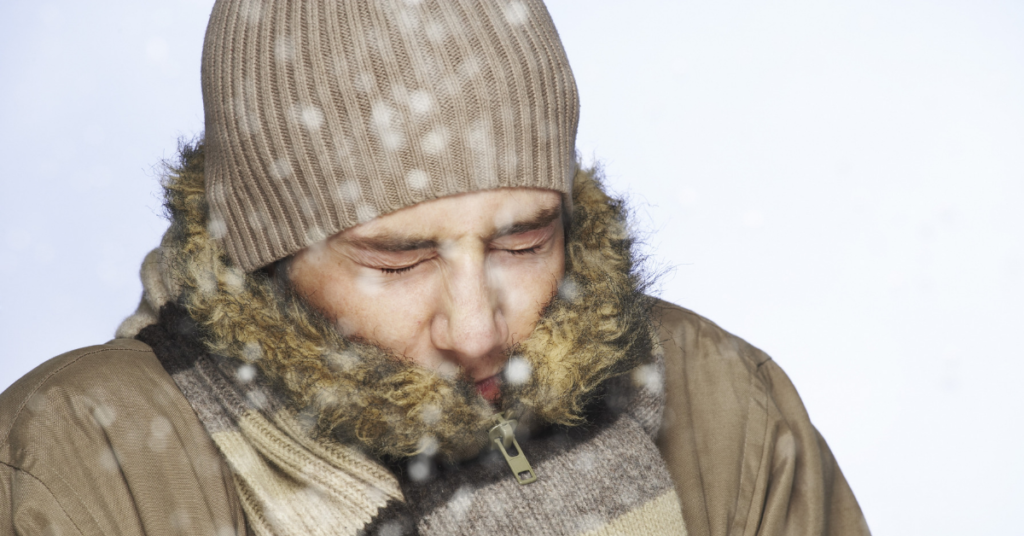
It’s here…. cold, wintery weather.
Our take on Winter Dressing explains how the fabrics and layers you choose make a real difference in how you feel.
That chill you get, the one that hangs on even after you’ve gone inside. We know why it happens and how to fix it!

Clothes protect you from the elements, like a building, right? A tent might suffice for dry, mild weather but wood or brick are preferred for more severe conditions. The insulation between you and the elements depends on your location (Florida? Wisconsin?) The other layers inside your home affect your comfort too, including flooring and curtains. See where we’re going?
The key for warmth in cold winter weather is to stay dry and it’s not just about snow.

(PSA:That means no denim. Leave those great jeans in the closet when you venture outside, and never wear jeans under snow pants.)
The number one chill-causing fabric in your closet is cotton. Successful winter dressers know this: NO COTTON!
Why? It holds moisture: liquid and vapor. When cotton is wet, it stays wet. When it’s damp, it stays damp. Have you ever rolled a cotton sock off your foot after a day in shoes, ending up with a damp, icky sock donut? Body vapor + cotton is the problem! You don’t want that in winter because even if it doesn’t feel wet, cotton is holding moisture against your skin, which disperses body heat and makes you cold. Because our bodies create moisture in a vapor state, even if we’re not actively exercising and perspiring, winter fabrics must to dry while you’re wearing them. Read labels.
What to wear instead? Polyester, wool, silk, nylon. These all repel moisture and dry quickly. Chances are you have a lot of these in your closet.
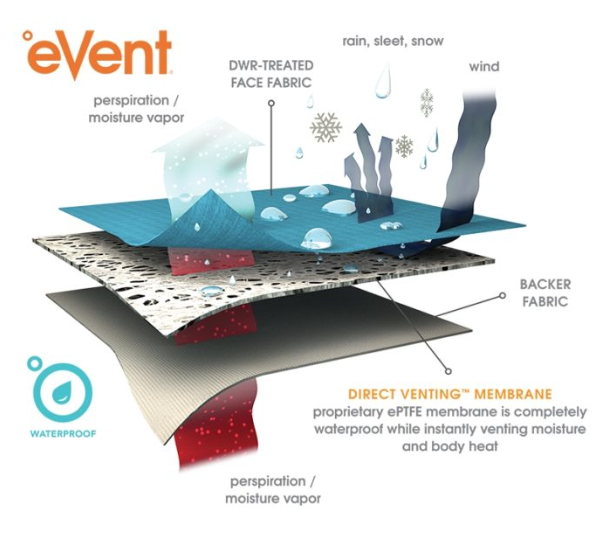
Is it cold or wet enough for a jacket? Outerwear should be labeled Waterproof-Breathable. (Not just waterproof) This is really important! Think about it: a plastic bag is waterproof, but it’s not breathable. If you wear a plastic bag as an emergency rain cover it’s only a few minutes before you feel clammy underneath. That’s because it’s trapping your body vapor or perspiration underneath. Over time you’ll be as wet on the inside as the outside which isn’t comfortable and could become dangerous. Instead, Waterproof-Breathable fabrics keep snow and rain out while letting your personal humidity evaporate. It’s a technical solution. (There are many brands, including Gore-Tex and eVent.) A waterproof-breathable jacket or pant may or may not be insulated so what you wear underneath is just as important.

Step 1: Base Layer. We call what you wear next-to-skin Base Layer, but you may know it as long underwear. It could also just be your outfit for the day. The fabric you wear next to skin must wick moisture, dry quickly and provide insulation appropriate to your activity. For example, if you’re cross country skiing you can expect to sweat (there’s that moisture problem again!) A light-weight, stretch polyester or bamboo fabric that moves moisture quickly is a great way to go. You’re warmer because your heart rate is up, so dryness is the goal. Ice fishing? That requires a highly insulating fiber of course. Merino wool is our favorite because it insulates while it’s moving moisture. Working the drive-through or have a cold office? Skip the cotton shirt and pants. Merino wool is our year-round favorite fabric. Read more from the experts at Smartwool here. Socks are part of your base layer. Wear merino wool socks. You’ll thank us later.
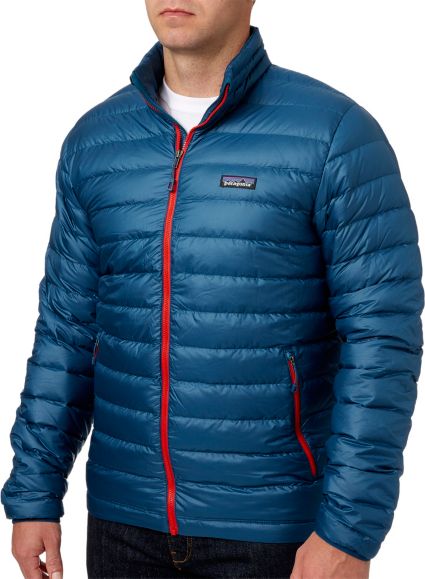
Step 2: Mid Layer. This is your insulation. It might be a lightweight fleece sweater, a thick wool sweater grandma made, or a puffy down-filled jacket. Wicking and insulation continue in the mid layer. Ideally, the fabric you choose here will work with your base layer. Wool, polyester fleece, natural down are all great choices for different reasons. They are all mid-layers if they are not built to keep out wind and water. This is where our great brands have come up with some awesome advancements in recent years. We can show you when you visit us!
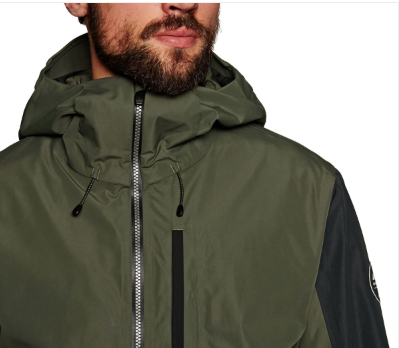
Step 3: Outer Layer. Your winter jacket. We finally got to it! Here you have a multitude of choices. A winter jacket, parka or pant is the siding on your house. It’s your curb appeal around town. It’s the garment that helps you withstand the wind, snow, rain, and and cold.
Choose a “Hard Shell” jacket if you like flexibility. It’s is not insulated at all (think rain jacket) so you wear different layers underneath depending on the temperature outside and your activity level.
An insulated jacket contains temperature regulating insulation (like your home) to keep you warm even when not in motion and should have zipper vents to let extra heat escape. This layer must also have that waterproof/ breathable membrane/laminate we described to really keep you comfortable.
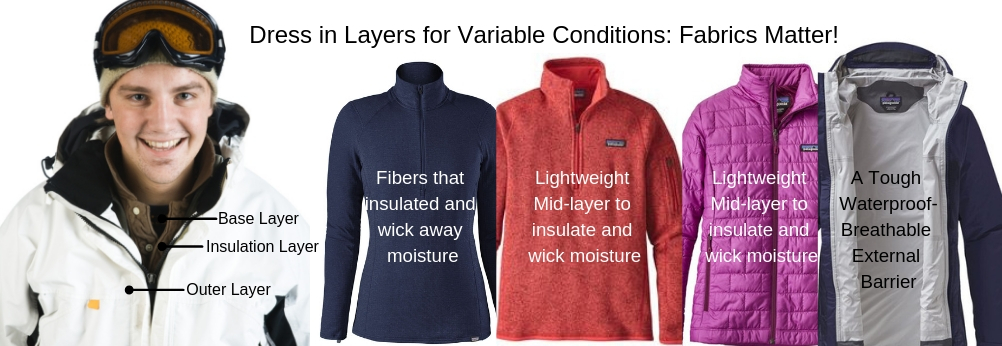
So come see us. Let’s talk about winter dressing, and all the great places to enjoy the outdoors in Central Wisconsin!


